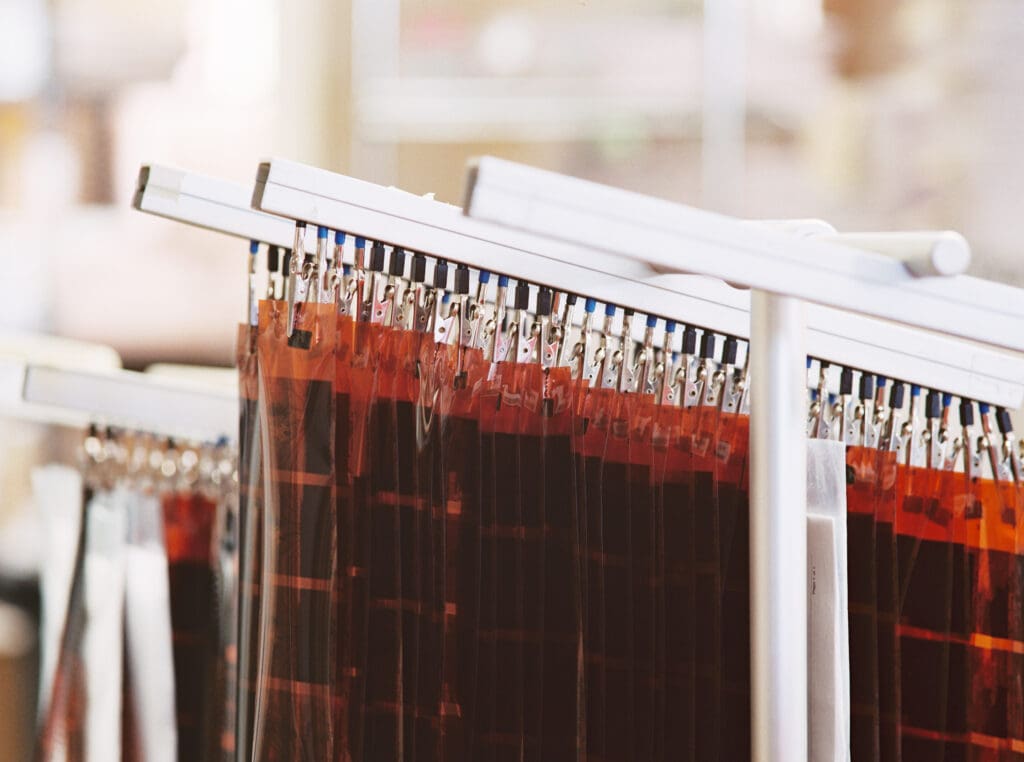What is Push and Pull Film Processing?
This topic is the source of much confusion. Don’t worry, we’re breaking down everything you need to know to make the right decision when it comes to processing your film.
First off, pushing film and pulling film is a technique that only happens at time of processing—so you only have one shot to get it right. Pushing film and pulling film does not happen in-camera or at the time of shooting. Once the chemicals have done their job, there’s no turning back. Let’s dive into what it all means!
Pushing Film
Push Film Processing means keeping film in the developer for a (relatively) extended period of time (which compensates for underexposure).
Pulling Film
Pull Film Processing means removing film from the developer earlier than normal (which compensates for overexposure). So, pushed film stays in the developing bath longer, while pulled film is taken out early.
Due to the film’s inherent wide exposure latitude, it is very rare that you will ever need to pull-process your film.
That being said, there are a few occasions where pushing film can be helpful in tough lighting situations.
Push Processing compensates for underexposure.
Example: Let’s say you only have ISO 400 film but are losing light quickly—you can rate the entire roll as though it were ISO 800 and then have it pushed +1 stop in processing.
Low Light Conditions: When shooting in low light without a flash, you might set your camera to a higher ISO than the film’s actual rating. Pushing the film during development helps to bring out the details in the underexposed image.
Capturing Fast Action: In fast-moving situations, such as sports or wildlife photography, you might use a higher shutter speed to freeze motion, resulting in underexposure. Pushing the film can compensate for this.
Creative Effect: Some photographers push film to achieve a particular look, such as increased contrast and grain, which can add a unique artistic quality to the photos.
Improvised Situations: If you unexpectedly encounter a scenario where you need to shoot at a higher ISO than the film you have loaded, pushing the film allows you to adapt without changing rolls.
In each case, pushing film helps to salvage images that would otherwise be too dark and enhances the overall quality of the photos taken under challenging conditions.
Push processing can affect your film images in several ways:
Increased Grain: Pushing film often results in more noticeable grain. The higher the ISO you push to, the more pronounced the grain will be.
Higher Contrast: Push processing typically increases the contrast in your images. This can make shadows darker and highlights brighter, creating a more dramatic look.
Altered Colors: The color balance of your images may shift when pushing color film. This can sometimes result in a slight color cast, which might require correction in post-processing.
Reduced Dynamic Range: Pushed film may have a narrower dynamic range, meaning it captures fewer details in the extremes of shadows and highlights.
Increased Apparent Sharpness: The increased contrast and grain can give the illusion of increased sharpness, although this is more a visual effect than an actual increase in detail.
Overall, push processing can add a distinctive look to your images, with more grain, higher contrast, and potential color shifts. Some photographers use it deliberately for its aesthetic qualities, while others use it out of necessity in low-light situations.
No. While pushing film does lead to more contrast, this is not the best way to achieve contrast.
A better strategy is to add contrast in post-processing. If you push your film and dislike how much contrast it brings, there is no way to “dial it back” in editing—your images are stuck at that contrast level. There is a lot more wiggle room to work with when processed normally if what you’re looking for is contrast.
Be sure to clearly label the rolls in need of a push or pull and by how many stops—mark it on the roll. Not only to keep you organized but so that it’s unmistakeable when we put it through processing.
Pro Tip: A rubber band wrapped around a roll is a great way to let us know it needs a push or pull! Plus, it’s faster and easier to do while on the job than putting a label sticker on.

